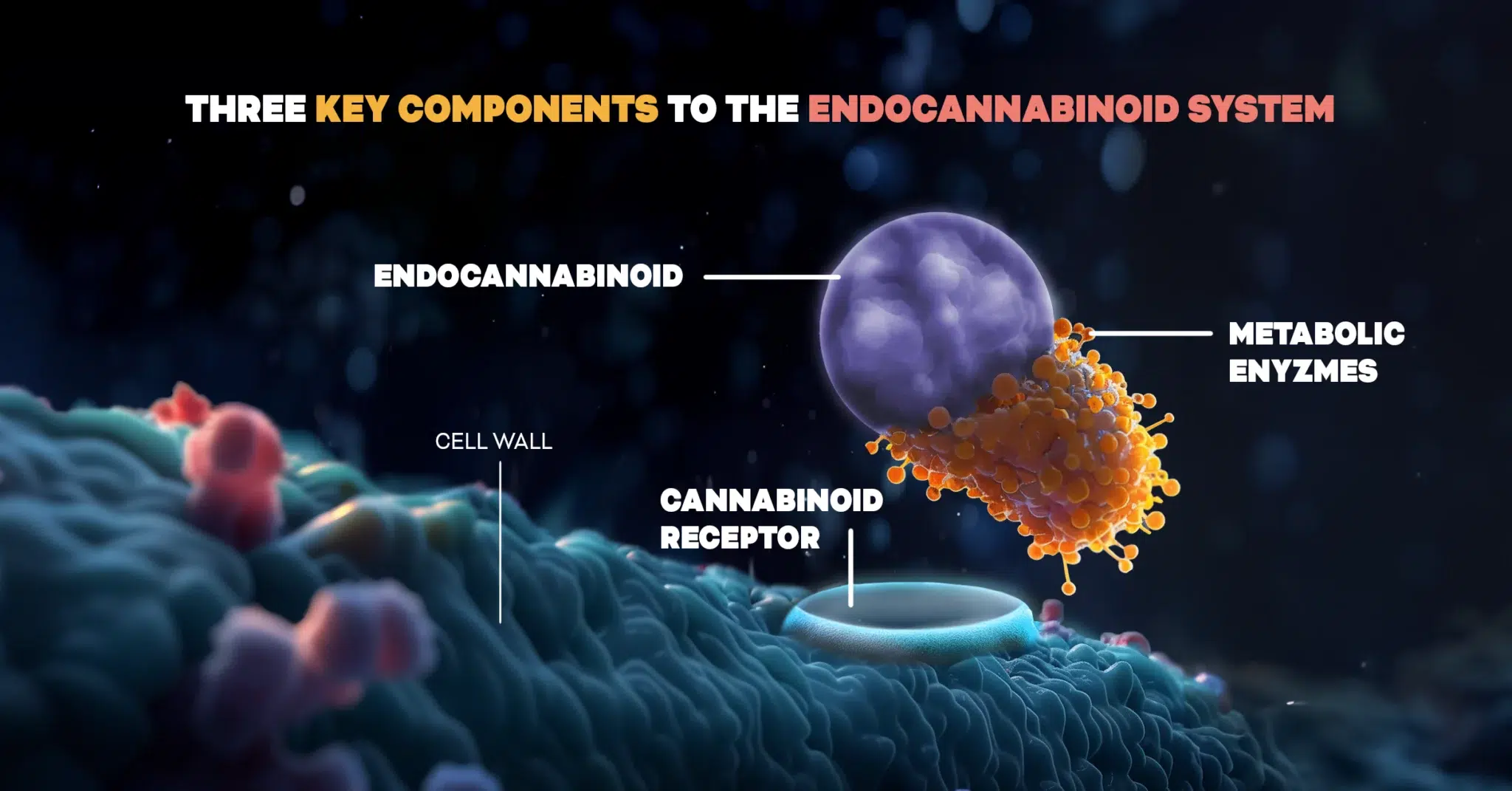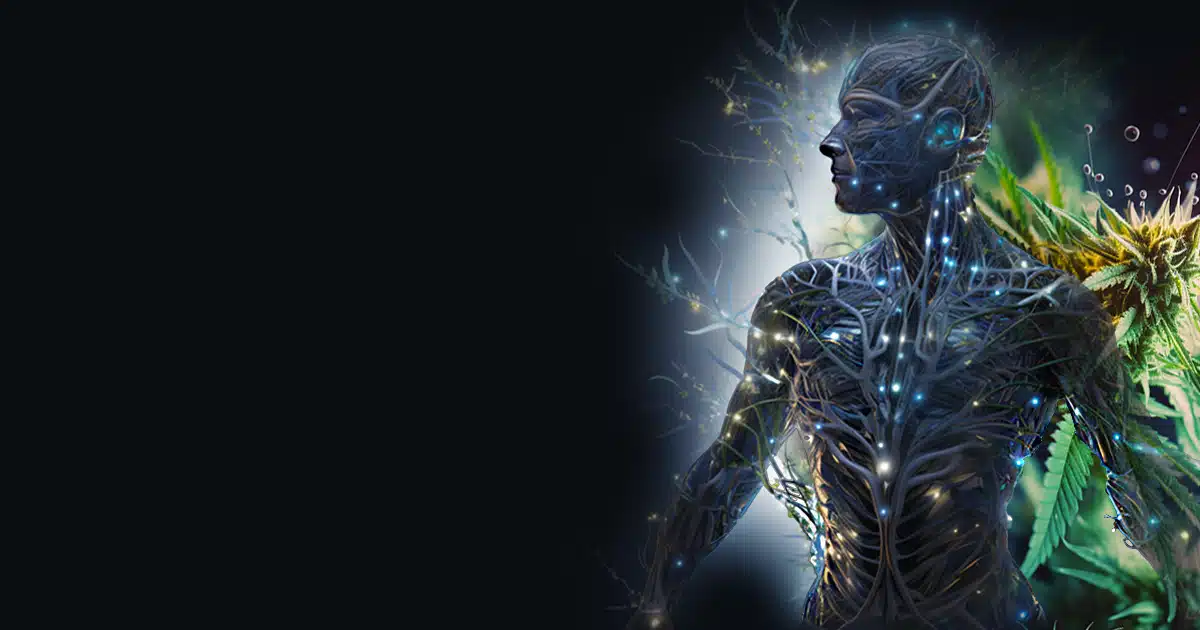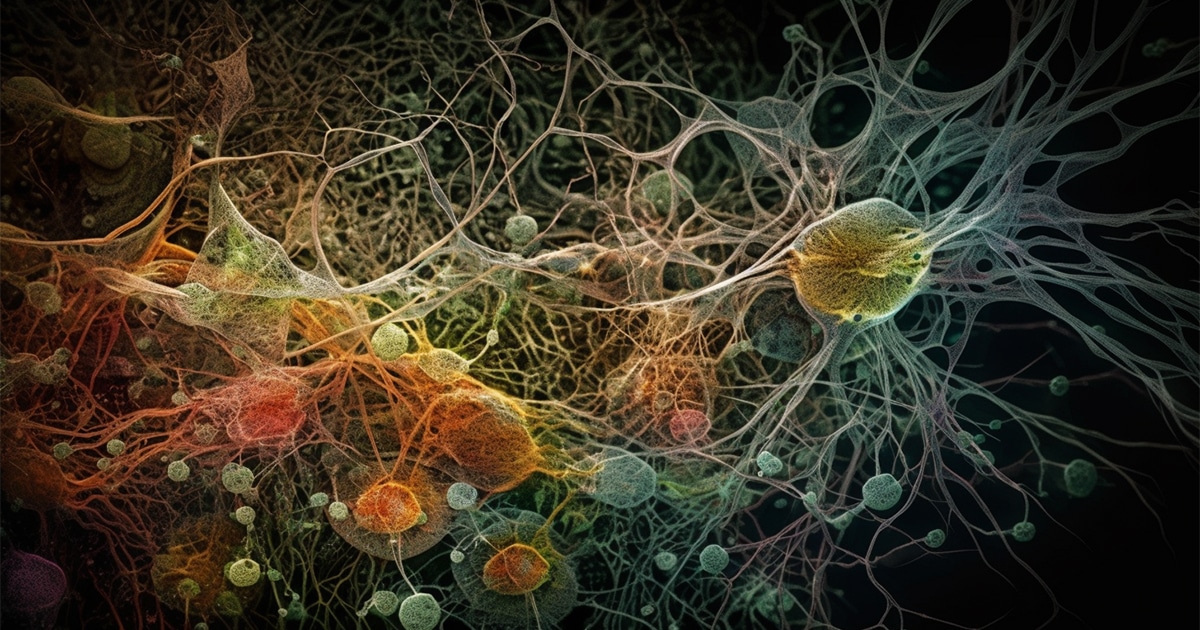What's Trending
Announcements
Spend $50 or more, get FREE SHIPPING automatically!
Top-Rated Cannabis Edible Marketplace
Best THC Gummies Online™
What's Trending



* These Cannabis Gummies are for health & wellness purposes, not recreational.
- What Is THC?
- CBD Vs. THC
- Are THC Gummies Legal?
- How To Buy Edibles Online (Legally)
- What Is A COA?
- Benefits of THC Gummies
- Side Effects of THC Gummies
- Do Edibles Expire?
- How Much Should You Take?
- How Long Edible Effects Last
- How Long Edibles Stay In Your System
- How Long Edibles Take To Kick In
- What Happens If You Get Caught With Edibles?
- What Is THC?
- CBD Vs. THC
- Are THC Gummies Legal?
- How To Buy Edibles Online (Legally)
- What Is A COA?
- Benefits of THC Gummies
- Side Effects of THC Gummies
- Do Edibles Expire?
- How Much Should You Take?
- How Long Edible Effects Last
- How Long Edibles Stay In Your System
- How Long Edibles Take To Kick In
- What Happens If You Get Caught With Edibles?
- What Is THC?
- CBD Vs. THC
- Are THC Gummies Legal?
- How To Buy Edibles Online (Legally)
- What Is A COA?
- Benefits of THC Gummies
- Side Effects of THC Gummies
- Do Edibles Expire?
- How Much Should You Take?
- How Long Edible Effects Last
- How Long Edibles Stay In Your System
- How Long Edibles Take To Kick In
- What Happens If You Get Caught With Edibles?
- What Is THC?
- CBD Vs. THC
- Are THC Gummies Legal?
- How To Buy Edibles Online (Legally)
- What Is A COA?
- Benefits of THC Gummies
- Side Effects of THC Gummies
- Do Edibles Expire?
- How Much Should You Take?
- How Long Edible Effects Last
- How Long Edibles Stay In Your System
- How Long Edibles Take To Kick In
- What Happens If You Get Caught With Edibles?





